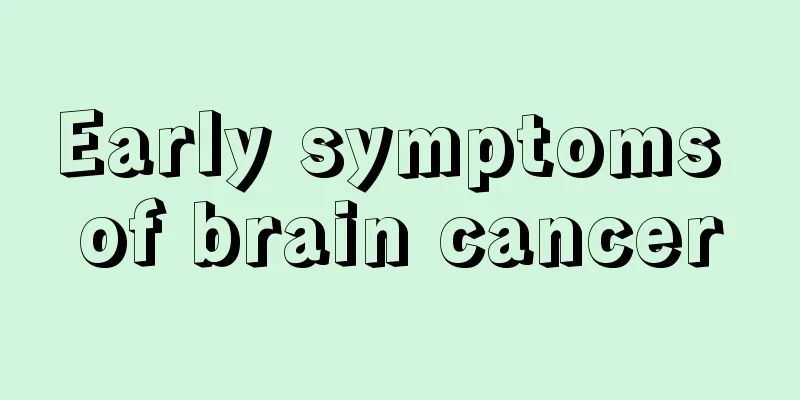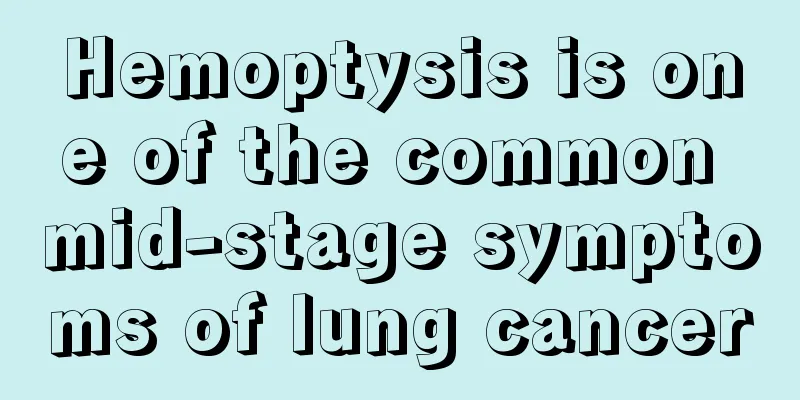What to do if you are stung by a black bee

|
Bees are poisonous animals. If you are not treated promptly after being stung by a bee, it can be very dangerous and may even cause the victim to go into shock. Therefore, it is necessary to learn first aid measures for bee stings. In addition, whether you have been stung by a bee can be judged by some symptoms. Below, we will introduce in detail what to do if you are stung by a bee. First aid measures for bee stings 1. After being stung by a bee, the stinger will remain in the skin. You must use a sterilized needle to remove the broken stinger stuck in the flesh, then pinch the stung area hard and suck repeatedly with your mouth to suck out the toxin. If you don't have any medicine at hand, wash the affected area thoroughly with soapy water, and then apply some vinegar or lemon juice. 2. If shock occurs, after dialing "120" or on the way to the hospital, be sure to keep the injured person's breathing unobstructed, and perform first aid such as artificial respiration and cardiac massage. 2. What are the symptoms of bee stings? There are many types of bees, such as honey bees, wasps, hornets, bumble bees, etc. Male bees do not harm people because they do not have venom glands or stingers. It is the female bees (worker bees) that sting people. The female bees have a stinger connected to the venom gland at the end of their abdomen. When the stinger enters the human body, venom is immediately injected. When a bee stings someone, it often leaves its stinger at the site of the sting; however, a wasp retracts its stinger after stinging and can continue to hurt someone. Bee venom mainly contains formic acid, neurotoxins and histamine, which can cause hemolysis and bleeding, have an inhibitory effect on the central nervous system, and may also cause allergic reactions in some victims of stings. After a person is stung by a bee, in mild cases, only local redness, swelling, pain, and burning sensation may occur. There may also be blisters, ecchymosis, and local lymph node enlargement, which will disappear on their own within a few hours to 1-2 days. If a person is stung by a swarm of bees in multiple places on his body, it often causes systemic symptoms such as fever, headache, dizziness, nausea, irritability, and fainting. People who are allergic to bee venom may develop urticaria, rhinitis, swelling of the lips and eyelids, abdominal pain, diarrhea, nausea, and vomiting. In severe cases, it may cause laryngeal edema, asthma, difficulty breathing, coma, and ultimately death from respiratory and circulatory failure. 3. Precautions for bee stings 1. After being stung by a poisonous bee, applying ammonia to the affected area is basically ineffective, because the histamine in the bee venom cannot be neutralized by ammonia. 2.Wasps are poisonous, but bees are not. After being stung by a bee, you should also remove the stinger first. The difference in treatment from wasps is that you can apply some ammonia, baking soda or soapy water to the wound. 3. If you have no symptoms after 20 minutes of being stung by a bee, you can rest assured. |
<<: Can people with chronic urticaria donate blood?
>>: Is chrysanthemum cool in nature?
Recommend
Will indigestion cause vomiting?
Indigestion is very common around us. If you eat ...
What to do if the noise is too loud and I can't sleep
The sleeping environment is very important for a ...
What are the early symptoms of cervical cancer and what are the hazards of cervical cancer
Early symptoms of cervical cancer 1. Accompanied ...
What's going on when my knee suddenly hurts?
When your knees always hurt suddenly, you must no...
There are white granules in the honey
Many people go to the supermarket to choose honey...
The efficacy and function of Buddha's palm
Most people keep Buddha's palm as bonsai at h...
Collagen actually has such a magical effect!
Collagen is a substance in the human body that ca...
What are the common symptoms of liver cancer? Liver cancer patients will have 5 symptoms
The symptoms of liver cancer patients will vary a...
Can teratoma be cured
Many patients don't know much about teratoma....
Side effects of nutrient solution infusion, nutrient solution infusion, hazards, impact
Nutrient solution is just like the food we normal...
Can you still eat kelp if it's moldy?
Due to its popularity, kelp can now be found ever...
Who should not wear yellow tiger eye
Not only Chinese people, but people all over the ...
Interventional treatment of patients with esophageal cancer
In recent years, the occurrence of esophageal can...
What cuisine does Zhejiang cuisine belong to
In Chinese culture, different places have differe...
How to treat and relieve bloating?
Many people, especially office workers, suffer fr...









